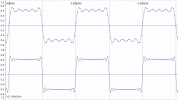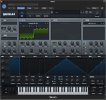This sounds like a misunderstanding of statistics.Lost in that is one tester who managed to get 8 out of 10 right meaning there was 94.5% probability that he was identifying the proper source and not guessing. This is so close to 95% threshold that it should have been noted as significant and countering the larger conclusion but was not. Two other testers managed 7 out of 10 correct selections. These were all dismissed as exceptions and the total number of trials/listeners incorrectly relied upon.
If make 100 sets of 10 dice-throws I expect some of the sets to have 8/10 heads or 8/10 tails, even with a fair dice.
Last edited:



